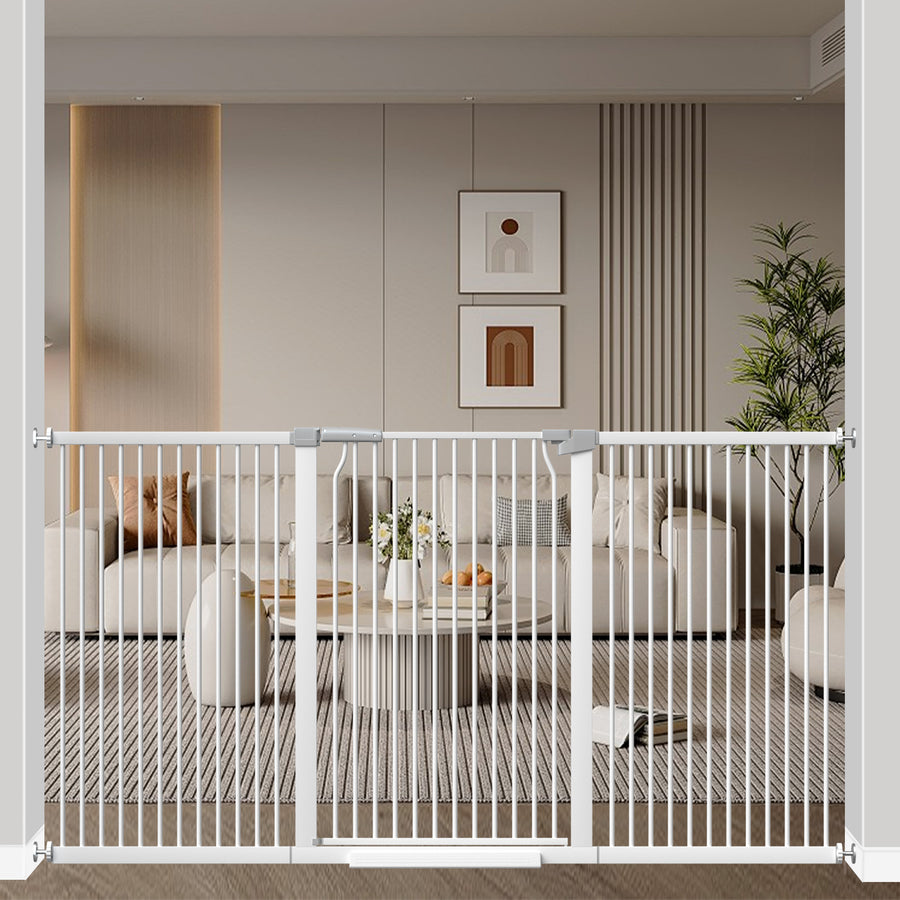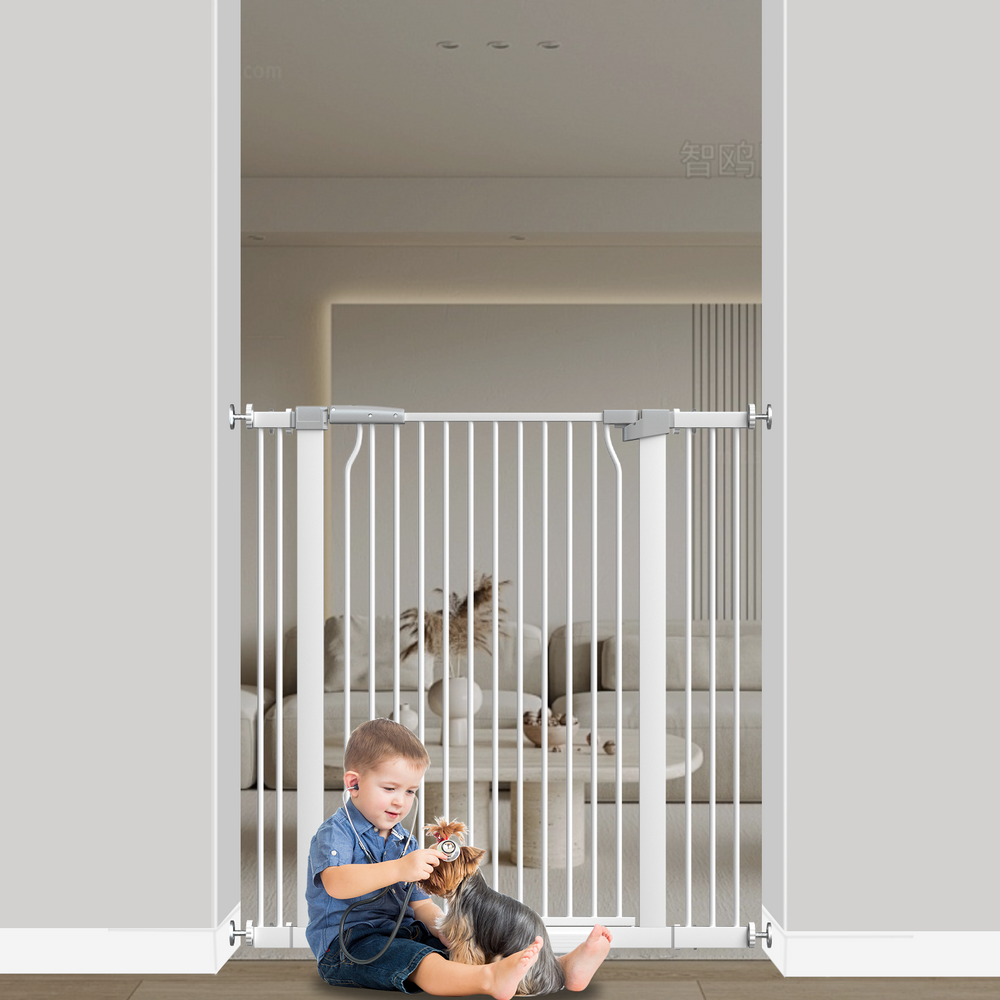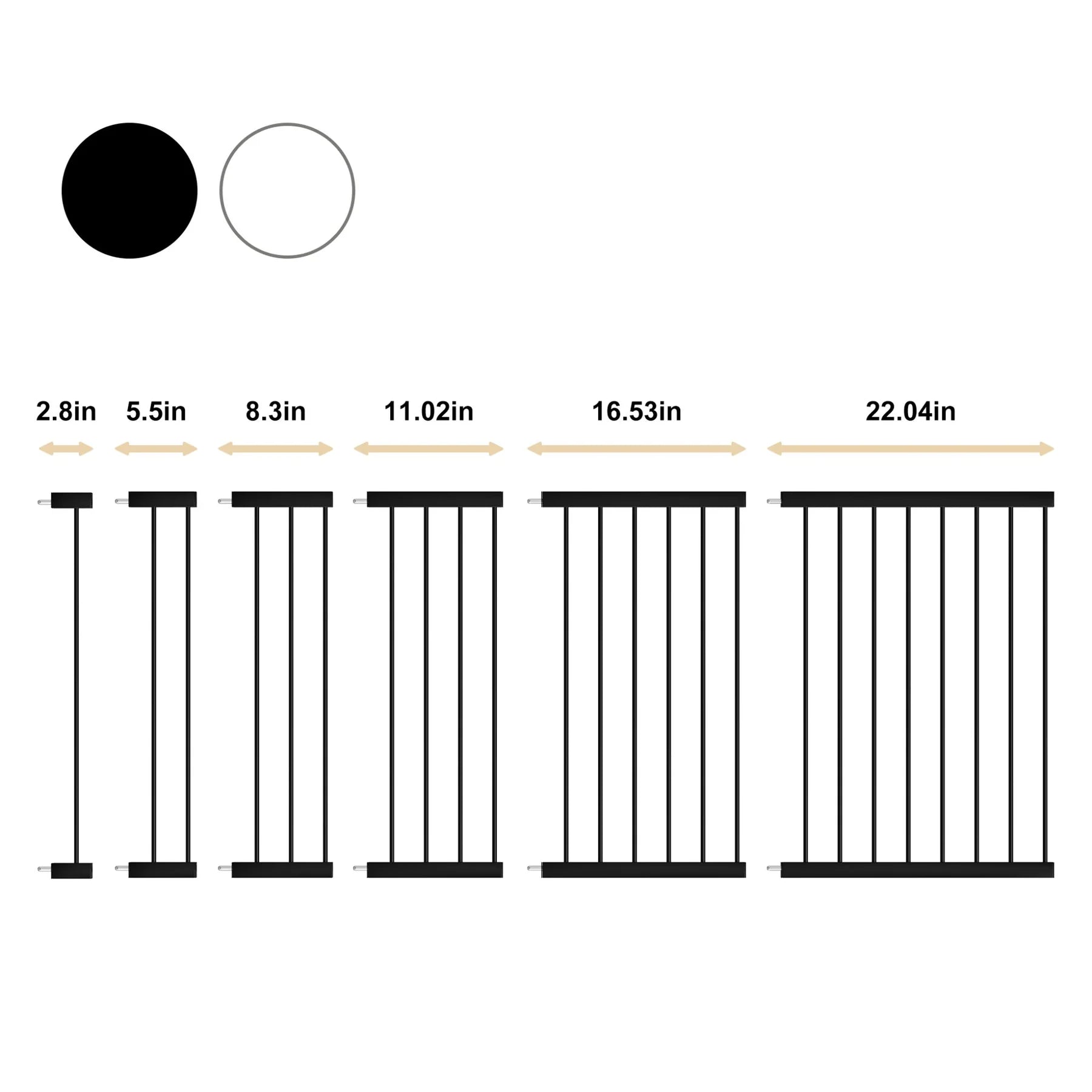Using a Covered Litter Box
A covered litter box is a practical solution to prevent your baby from exploring it like a treasure trove. It also helps in keeping your house looking less like a baby-proofing showroom.
But before you decide to buy one, keep in mind that this may not be a long-term fix. Toddlers are clever and may soon learn how to bypass these covers. Also, consider your cat's comfort. Open litter boxes offer them space and freedom, which they might miss in a more confined, covered box. The switch could result in your cat feeling stressed or anxious about using their litter area.
If your cat is not a fan of covered litter boxes, consider a self-cleaning litter box as another option. However, if you're used to having the cat food and litter box in the same room, this solution might address one problem but create another. Whether it's the litter box or the cat food and water, there's always something to keep an eye on.
Keep an Eye on Your Baby
One of the most effective ways to keep your baby away from the cat litter box is through consistent supervision. Babies, with their innate curiosity and surprisingly quick movements, can find their way into places they shouldn’t be – like the cat's litter box.
Observe when your baby’s curiosity peaks. Are they more exploratory in the morning or after naps? Understanding their patterns helps you anticipate when they might head towards the litter box.
Tell Them the Boundaries
As your baby grows, teach them about personal boundaries and why the litter box is off-limits. While they might be too young to understand initially, consistent messaging will eventually sink in.
Even though they might be too young to fully grasp the concept initially, consistent and age-appropriate messaging is key. Use simple language to explain why the litter box area is off-limits. For instance, phrases like "This is kitty's private space, just like your play area is yours," can be effective. Reinforce this message regularly in a gentle but firm manner.
In addition to verbal communication, you can use visual cues or playful learning methods. For example, you might place a colorful barrier around the litter box and explain that it's a "no-go zone" for them. Also, engaging in role-playing games where you teach respect for personal spaces can be both fun and educational. Remember, children are often more perceptive than we give them credit for, and with patience and repetition, they will begin to understand and respect the boundary you’ve set around the cat litter box. This method not only keeps them safe but also instills in them a sense of respect for personal spaces and the importance of hygiene from a young age.
Distract and Divert
Distraction and diversion are powerful tools in a parent's arsenal, especially when it comes to keeping your baby away from areas like the cat litter box.
The key here is to engage your little one with a variety of activities and toys that capture their interest, thus steering their curiosity away from unwanted areas. Start by creating a dedicated play zone in a part of your home far from the litter box. This area should be a treasure trove of fun and learning, filled with colorful toys, interactive games, and even some educational materials suited for their age.
When you notice your baby starting to wander or showing signs of boredom, that's your cue to introduce a new toy or activity. This could be anything from a musical instrument that they can bang on to a soft, tactile book they can explore. The aim is to make this play area so enticing that the litter box doesn't even cross their mind. A well-timed switch in activities, just when they start to lose interest, can work wonders. For instance, if they've been playing with blocks and seem to be getting restless, introducing a water play mat or a new set of colorful stacking cups can quickly shift their focus. This strategy not only keeps them safe but also aids in their cognitive and physical development, making it a win-win situation.
In Conclusion
For every parent, the wellbeing of their little ones is paramount, and this includes our furry family members too! Enjoying a home free from unexpected 'snickerdoodles' is a delightful bonus for everyone. So, when you're pondering over "how to baby proof the litter box," remember that solutions like Fairy Baby are there to make the task easier for you!







Leave a comment